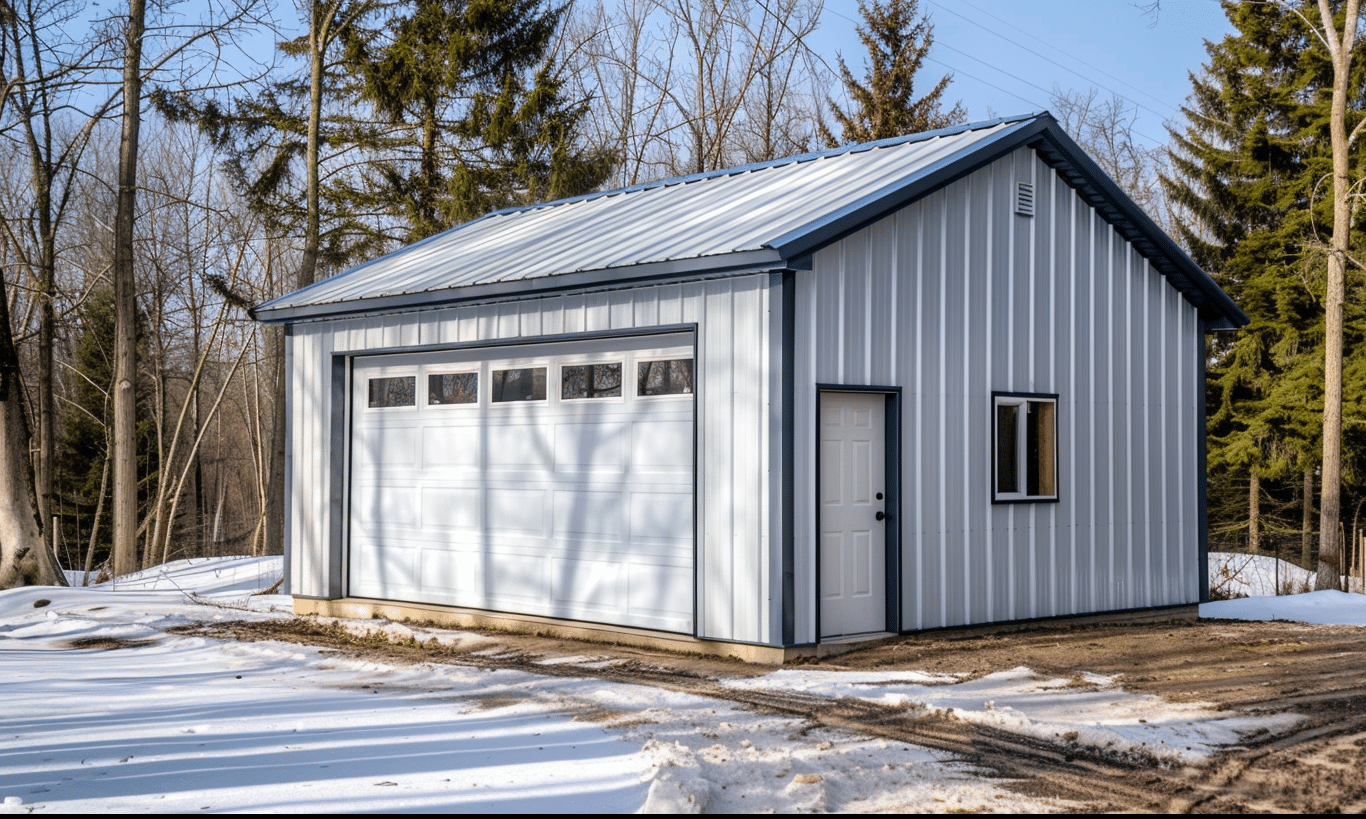Sustainable roofing materials are revolutionizing the way we think about building homes and commercial spaces. In a world where sustainability is no longer just an option but a necessity, understanding the benefits of these innovative materials can truly make a difference. Imagine a world where your roof not only shelters you but also contributes to a healthier planet. But how do we make roofing choices that are both green and practical? Let’s explore the ins and outs of sustainable roofing materials.
The Rise of Sustainable Roofing Materials
What are sustainable roofing materials, and why are they gaining popularity? Sustainable roofing materials are those that are environmentally friendly, offering reduced impact on natural resources. They often include recycled components, have longer lifespans, and provide energy efficiency benefits. Whether you’re planning to construct a residential home or an industrial facility, these materials promise not just durability, but positive environmental impact.
Why Choose Green Roofing Options?
Have you ever considered how your choice of roofing affects the environment? Traditional roofing materials, often laden with chemicals and requiring high energy production, contribute to pollution and deplete valuable natural resources. Opting for sustainable roofing materials can reduce carbon footprint, mitigate landfill waste, and even lower energy bills. Metal roofing benefits, for example, include longevity and energy efficiency, making it a standout choice among sustainable materials.
Popular Sustainable Roofing Materials
But what options are available to you? The sustainable roofing landscape offers several materials that are not just eco-friendly but also stylish and practical. Let’s take a deeper look at these choices and how they stack up against traditional materials.
Metal Roofing
Metal roofing has grown tremendously in popularity due to its sustainability and various intrinsic benefits. Made primarily from recycled content, metal roofing is 100% recyclable at the end of its life. It reflects solar radiant heat, reducing cooling costs—a boon in hot climates. The metal roofing benefits extend beyond sustainability, offering homeowners and builders durability and versatility.
Vegetative Roofs
Also known as green roofs, these unique options involve planting vegetation over a waterproof membrane. Vegetative roofs provide natural insulation, reduce stormwater runoff, and improve air quality. Picture a garden thriving atop your building—it’s not just an oasis, but a powerhouse of sustainable energy saving.
Clay and Concrete Tiles
With a lifespan that can exceed 100 years, clay and concrete tiles are not only beautiful but durable and recyclable. They offer substantial thermal mass, helping moderate indoor temperatures, which reduces energy consumption. Moreover, their production process often uses locally sourced materials, decreasing transportation emissions.

Steel Roofing
Steel, a long-favored building material, is lauded for its strength and recyclability. Modern manufacturing processes have made steel an ideal roofing material for eco-conscious builders. Moreover, steel buildings are increasingly being recognized for their Environmental Benefits of Steel Buildings due to their long life and energy efficiency.
But steel is versatile too! Picture using a 50×100 steel building kit. It’s not just a structure; it’s a sustainable choice that covers you with strength and eco-responsibility.
The Canada Green Building Council and Sustainable Roofing
It’s essential to recognize organizations dedicated to promoting sustainability in the building industry. The Canada Green Building Council – Sustainable Roofing Materials plays a crucial role in guiding builders towards eco-friendly materials and practices. Their standards ensure that materials used in construction contribute positively to environmental health.
Challenges of Implementing Sustainable Roofing
Implementing sustainable roofing might feel like an uphill battle. From sourcing the right materials to finding skilled labour, such as Ontario steel building erectors, the path to green roofing can be complex. But it’s a hurdle worth overcoming. So why hesitate when the benefits so clearly outweigh the challenges?
Financial Impact
Cost is often a significant concern when choosing between sustainable and traditional materials. However, while the upfront cost might be higher, the long-term savings from reduced energy bills make sustainable roofing a financially wise investment. Sustainable options also enhance property value, ensuring a return on your initial investment.
Embracing a Greener Future
As we move toward a more sustainable future, embracing green roofing materials offers both environmental benefits and practical savings. By choosing sustainable roofing materials, homeowners and builders not only make a positive impact on our planet but also ensure a sturdy, long-lasting solution for shelter and comfort.
In a world where environmental conservation is crucial, your roof literally becomes a top priority in pushing sustainability forward. What choices will you make next time you’re faced with a roofing project? By understanding the richness and potential of sustainable roofing materials, you can be the change—one roof at a time.
In Canada, with its varied climate and vast landscapes, the focus on sustainability is vital. From forests of green roofs in urban centers to resilient metal rooftops in rural settings, the choices remain bountiful. Let’s continue the green journey, building responsibly for today and for generations to come. Maybe it’s time to ask, not just what lies beneath our roofs, but what exactly tops them. Together, let’s look upward, toward a greener, more sustainable future.










